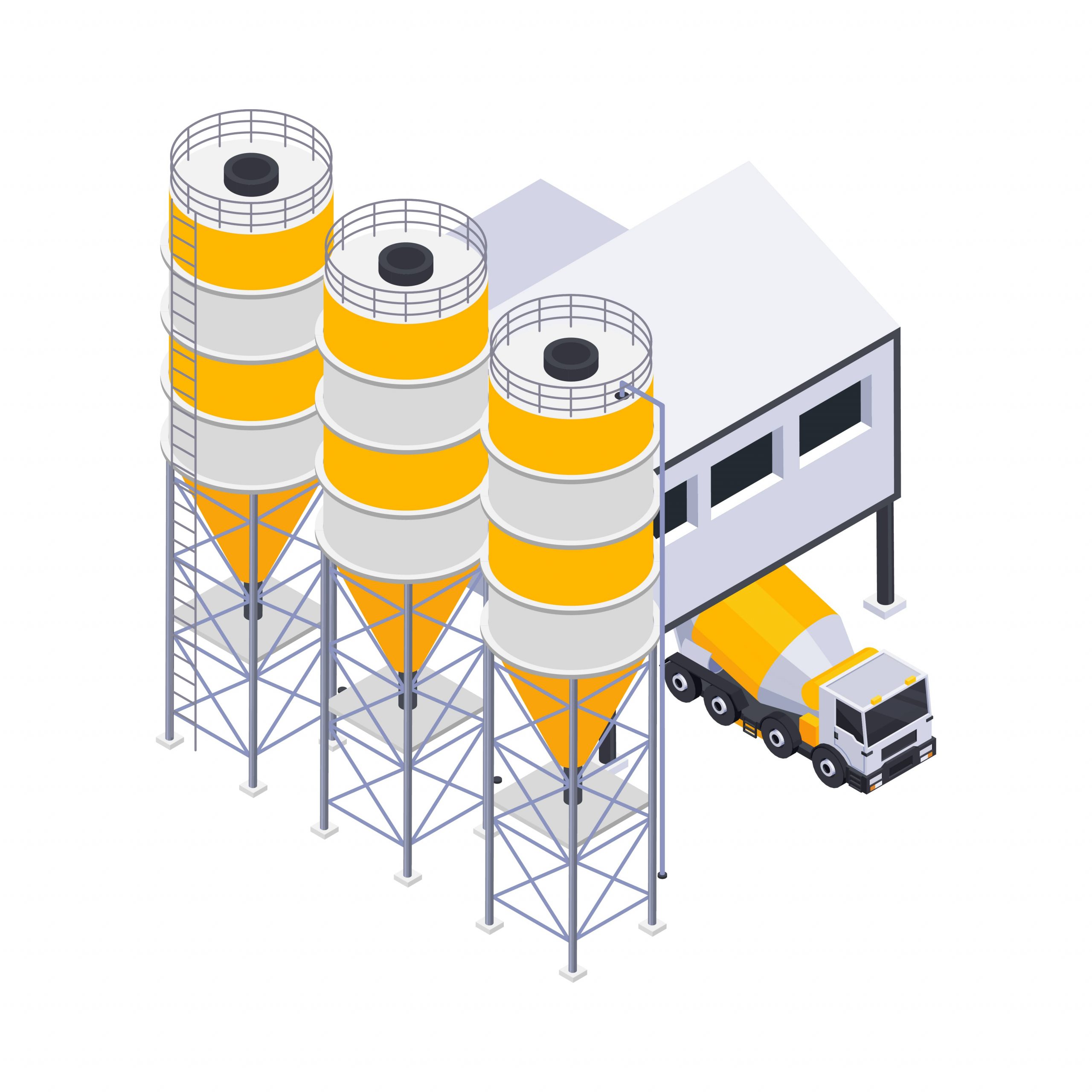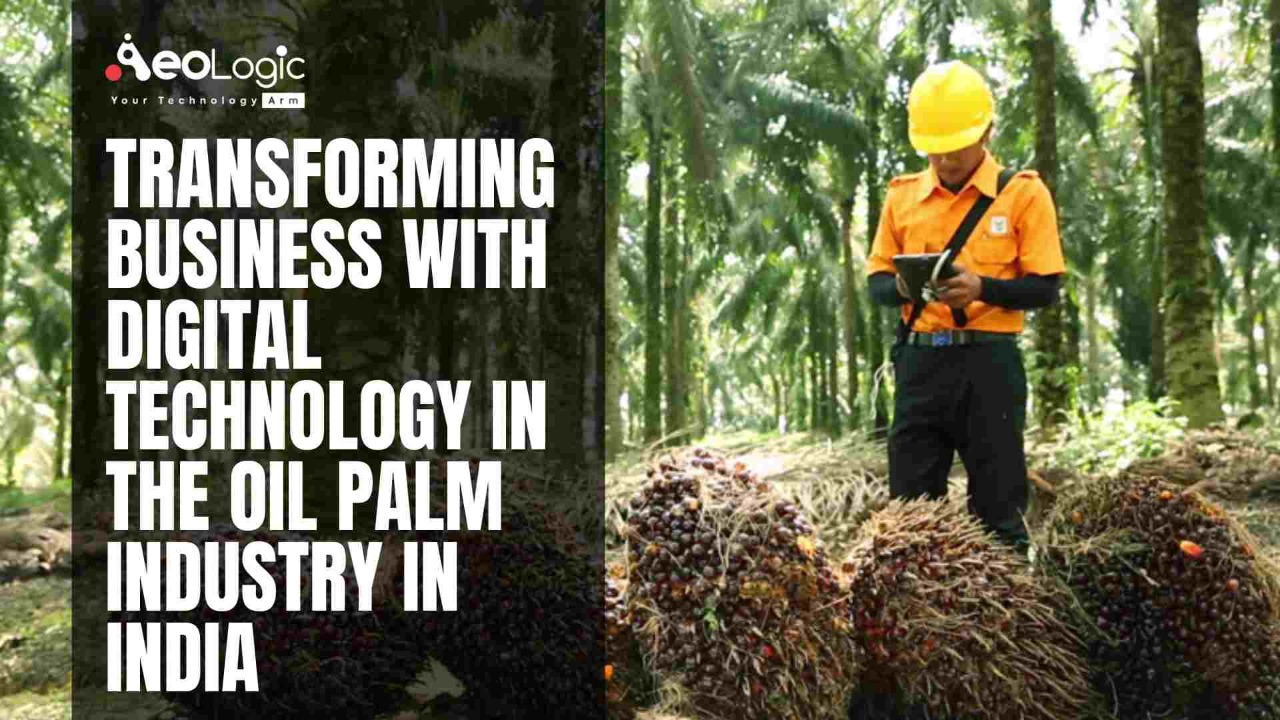India’s oil palm industry is rapidly changing due to the implementation of digital technology. In recent years, the oil palm sector has witnessed a number of developments in the area of technology and innovation. This has led to a rapid increase in the use of digital technology in the sector. The sector is now witnessing several changes, including adopting new technologies and processes to improve the efficiency and productivity of the oil palm sector. The oil palm industry is one of the fastest growing industries in the world. The use of digital technology has been an effective means of improving the productivity of the plantation. This blog will help the readers to understand the importance of digital technology in the oil palm plantation. In this blog, we will look at transforming business with digital technology in the oil palm industry in India.
Let’s begin!
The Oil Palm Industry in India

The oil palm sector is a major contributor to the Indian economy. The sector employs thousands of people and is also one of the fastest growing sectors in the country. The market is forecast to grow 3% per year. It is expected to play an important role in the economic growth of the country. The sector has seen several innovations in the area of technology. These innovations have led to the adoption of new technologies and processes to improve the efficiency and productivity of the oil palm sector.
Also Read: How to Grow Business Through Blockchain Technology?
The Digital Revolution in the Oil Palm Industry
The palm oil industry is at the forefront of the digital revolution, with an ever-increasing number of palm oil mills implementing digital technologies. These include GIS, remote sensing, telematics, and various other IT systems to enable on-demand information access anytime and anywhere. Digital technology offers tremendous opportunities for the industry. Its improve efficiency in every part of its operations from land acquisition to planting, harvesting, processing, and trading.
Where Are We Now?
The oil palm industry has placed itself in a state of shock with the large-scale adoption of digital technologies. So far, most companies have only implemented basic automation and digitization processes such as data collection, office maintenance, and inventory management. Some have also implemented digital solutions for their operations but not at a scale that would impact the business significantly yet.
This could be because many companies have yet to understand the potential impacts of digital technology on their businesses. They do not know how digital solutions will help them improve productivity, reduce cost or create more value for customers and stakeholders.
The Future of Digital Technology in the Oil Palm Industry in India
The Oil Palm Industry in India is valued at $44 Billion, growing at a CAGR of 6%, which is expected to reach $49.5 billion by 2022. The industry has witnessed exponential growth in the last few years owing to major investments from Multinational Companies in this market.
With the digital revolution gaining momentum in India, it is time for this sector to leverage the power of Digital Technology to optimize its operations and improve productivity. It’s time for the “Digital Transformation” of this industry!
Also Read: Why a Culture of Innovation Is Required in an Era of Digital Transformation
The Current State of Digital Technology in the Oil Palm Industry
The oil palm industry is one of the most critical sectors of India, and for the last few years. And also it has been growing rapidly.
This rapid growth has led to many changes in the sector, including a greater emphasis on efficiency and productivity. The new generation of palm oil producers has placed more importance on processes. It includes planting, maintenance, and harvesting, controlled by computers and machinery.
The increased use of technology has created a need for digital communication within the industry. As well as having positive effects on productivity, digital technology is also improving farm yields through research into new varieties of palm oil plants that can grow faster or yield more fruit.
India is the second largest oil palm-producing country in the world, accounting for about 10% of the global production. It has been estimated that there are nearly 2.26 million oil palm trees in India presently and this number is growing steadily.
There is no data available on yield per hectare or per unit of investment. Cultivation practices are primitive and rely heavily on manual labor, as do post-harvest operations such as threshing, podding, milling, etc.
Big Data & Analytics: Remodeling your raw technical data towards clear business information
What is the Impact of Digital Technology on the Oil palm Industry?

The oil palm industry faces many challenges as it continues to grow and adapt. To keep up with its growth, the industry has come up with technological innovations to solve its problems. The use of digital technology has helped in improving how the oil palm industry is run, from cultivation and harvest to processing and transportation.
The Impact of Digital Technology on the Oil Palm Industry Technology has been transforming business since the early 2000s. However, it wasn’t until recently that technology truly started to revolutionize the oil palm industry.
The oil palm industry is being transformed by digital technologies such as smartphones, tablets, and wearables. The use of digital technology increases efficiency and productivity within the industry. It also facilitates communication between stakeholders and helps track accountability throughout the supply chain.
Digital technologies are also changing how consumers interact with brands in the palm oil sector. For example, mobile devices make it easier for consumers to access information on sustainability-related issues and ethical products.
Also Read: The Benefits of Cloud-Native Applications in Manufacturing
Conclusion
Digital technology has ushered in a new era of connectivity and collaboration, one which will continue to drive productivity forward. As the oil palm industry enters this age of digital transformation, it is imperative that its players consider ways in which they can leverage technology to better serve their customers. The digital revolution has already transformed many industries, including agriculture.
With the advent of digital agriculture, farmers are able to access valuable information regarding growing conditions and weather patterns in real-time. They also have more control over their farm because pre-programmed tools perform many basic tasks. It includes crop monitoring and mapping.
Oil palm farming is an ideal candidate for the adoption of these tools because it involves regular planting cycles. It also uses high volumes of labor-intensive chemicals. The availability of data on how much fertilizer should be used, and when to spray pesticides, can improve yields per hectare by 10 % or more.
If you are looking digital technology software for your business, connect with Aeologic Technologies to grow your business.
FAQ’s
How can technology help in oil palm processing?
The use of technology in oil palm processing can help the oil palm plantation to produce more oil at lower cost. The use of technology in oil palm processing can also help the plantation to reduce the cost of labour.
What is the most important thing for the success of the digital technology?
The most important thing for the success of the digital technology is the proper implementation of the system.
How can technology help in the marketing of oil palm products? The use of technology in the marketing of oil palm products can help the plantation to market their products better. The use of technology can help the plantation to reach out to a wider audience.
What are the top three reasons for using digital technology in the oil palm industry?
The top three reasons for using digital technology in the oil palm industry are
1. it allows you to expand your business, 2. it saves money, and 3. it is easier.
Aeologic Technologies is great place to start!
Recommended Reading

I’m Deepika Pandey, an SEO strategist and content writer with 6+ years of experience. I create SEO-friendly content that drives traffic and engages readers. I combine data insights with creativity to help businesses grow their online presence effectively.






